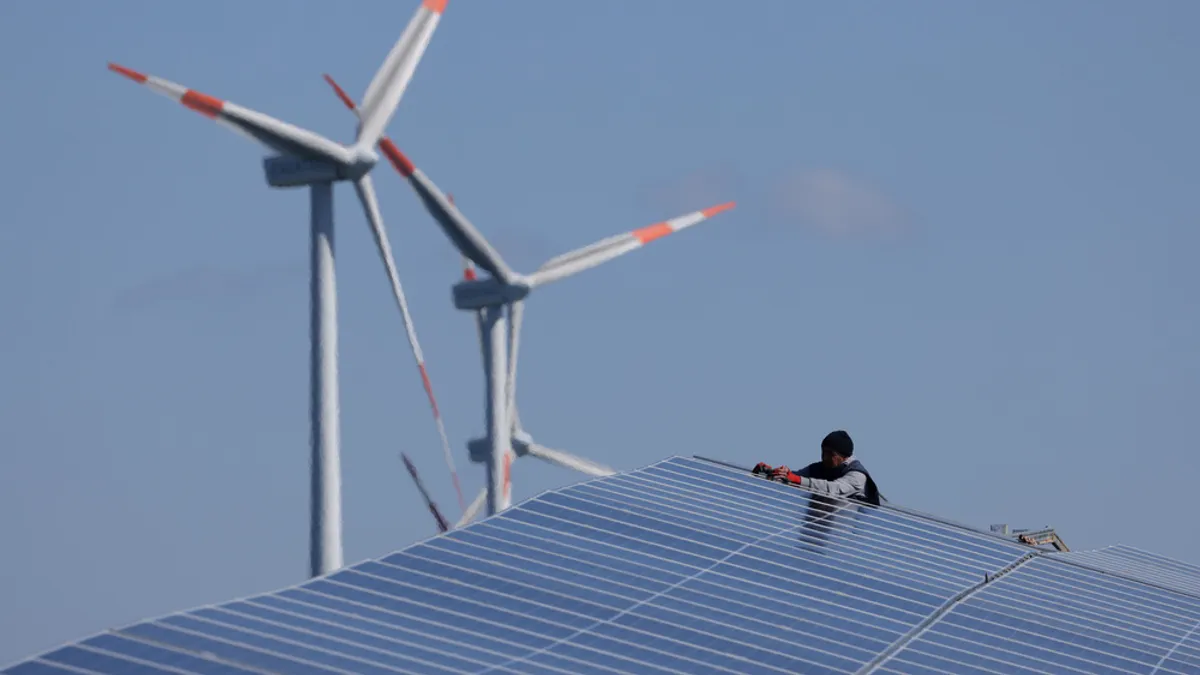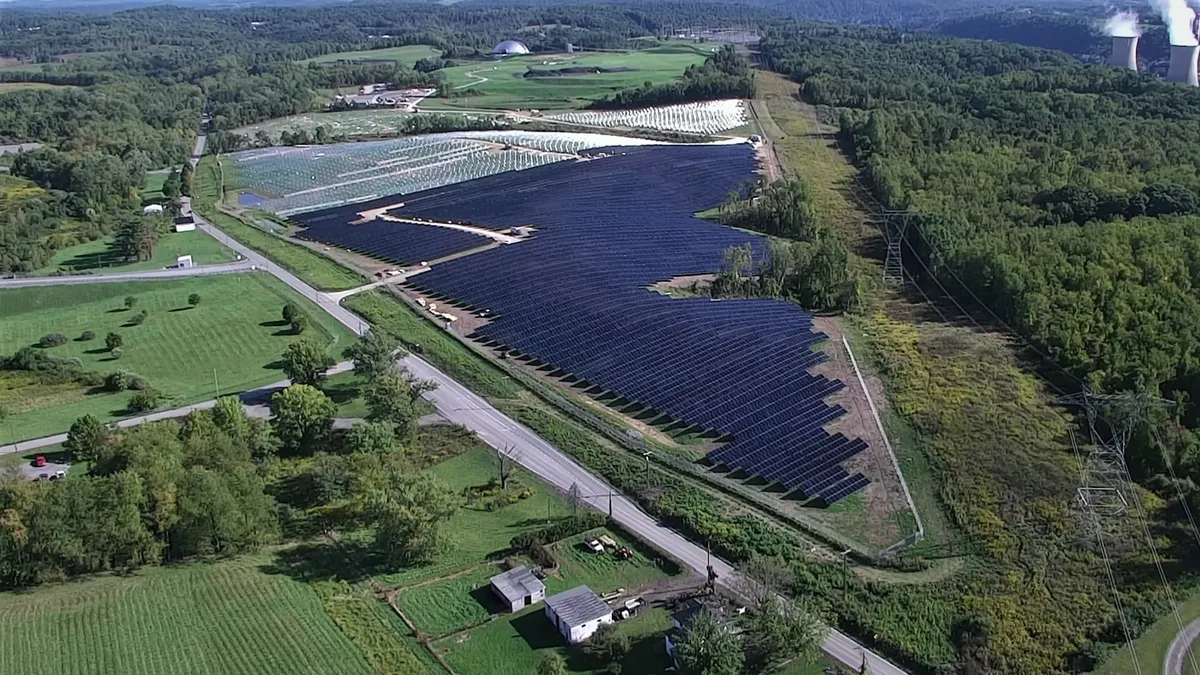Dive Brief:
- Xcel Energy could bring a 10-15 MW virtual power plant online by the summer of 2025, the utility said in comments filed last week at the Public Utilities Commission of Colorado. That time frame is a year slower than regulators have suggested they want to see.
- The PUC is considering the development of a VPP as part of an exploration of how third-party services can strengthen the energy grid. Commissioner Tom Plant at a November technical conference said he would like to see the VPP pilot begin enrolling customers in July of 2024.
- But setting up a VPP is complicated and will include “critical steps” such as issuing a request for proposals for a demand response management system, or DRMS, provider, vendor selection, and integration of the DRMS with third-party distributed energy resource, or DER, providers, Xcel warned.
Dive Insight:
There are two basic pathways Colorado could take to develop a VPP, according to Xcel: either by selecting a single distributed energy resource installer to develop the program, or for the commission to establish a pilot that allows for open participation by third-party vendors.
Xcel favors the second approach, which it said would function as a “bring your own device” platform where customers or developers would be able to enroll DERs.
“Selecting a single vendor to provide a VPP is not expected to produce sufficient new insights,” the utility said.
While Xcel expects the platform approach to “result in more robust participation from third parties and a scalable and replicable model,” the utility also said it will “require additional time to implement the necessary foundational technologies and integrate DER providers.”
“Participation of third parties would require DER providers to leverage open communication standards ... to integrate and coordinate with a centralized software platform that is capable of managing the enrollment, interaction, dispatch, and measurement and verification of third-party DERs that may compose the VPP program,” Xcel said.
The utility recommended the PUC set a capacity target of 10-15 MW for the VPP pilot.
Xcel also noted that it is preparing to issue a request for proposals for a DRMS system in the first quarter of 2024 that would include use case and requirements that align with the VPP goals, including a pay-for-performance program for distributed battery energy storage. And the utility said it is considering expanding its DRMS RFP to integrate managed charging for electric vehicles.
Plant, the commissioner charged with overseeing the docket, previously indicated he wants to make a recommendation on how to proceed with a VPP to the full commission later this month. But Xcel said that his proposed timeline for implementation may be challenging.
“The company understands and appreciates the commission’s desire to move quickly in the areas of third-party demand response,” Xcel said. “However, the company cautions that there is a balance to be struck between speed and value. We believe our proposed timeline strikes that appropriate balance.”
A few other parties submitted comments.
VPP developer Serious Controls recommended the system utilize a “collaborative bidding” system to fulfill VPP requirements. “In this collaborative framework, one supplier can specialize in offering the utility DERMS, while another bidder can contribute a substantial fleet of DERs, yielding a quantifiable controllable load in megawatts,” the company said.
Serious Controls also recommended requiring all bids “encompass, at a minimum, the integration of the utility DERMS and a fleet of DERs with a cumulative load capacity of no less than 2 megawatts.”
The Colorado Solar and Storage Association and the Solar Energy Industries Association jointly filed comments, noting the two groups do not see utilizing a market platform provider as an “obligatory” requirement at this stage of development.
Instead, they recommended a tariffed VPP program covering enrollment, communication, dispatch and compensation of customer-sited battery storage, including storage paired with solar generation, to achieve system peak load reduction and other grid services.
“Under this program, customers may enroll their battery storage device through an aggregator,” CSSA and SEIA said. Aggregators and direct participant customers “will respond to grid events when called upon for dispatch by the utility,” and participants should be compensated on an ongoing pay-for-performance basis, they said.














